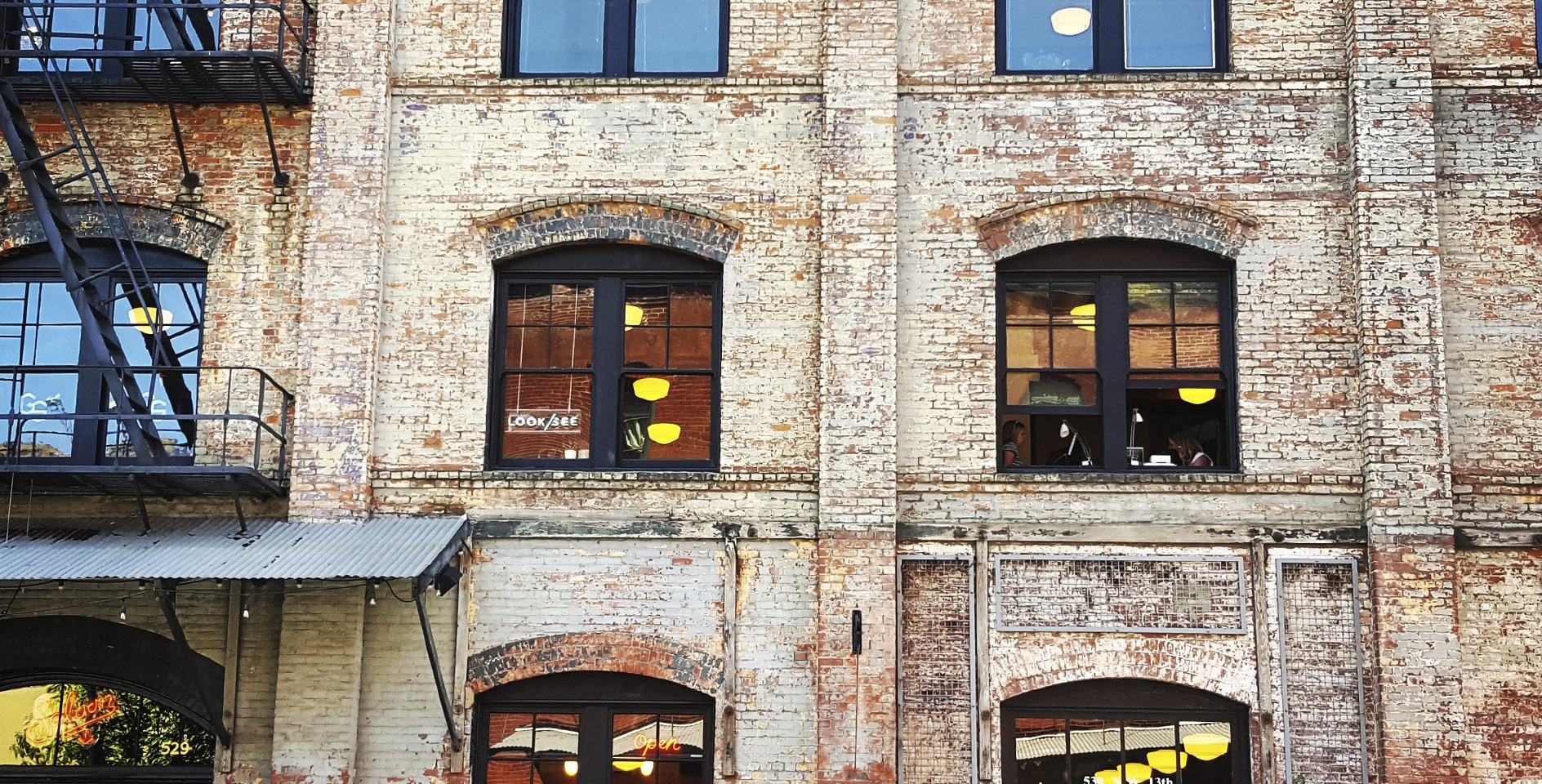Redlining was first imposed upon the passing of the National Housing Act of 1934. The act created the government-sponsored Home Owners’ Loan Corporation, which was commissioned by the federal government to create “residential security maps” of 239 major cities across the United States. The HOLC was to create the districts in each city based on perceived level of “desirability,” but according to the 2006 book Sundown Towns, many Federal Housing Administration publications contained language that promoted segregation and considered the presence of high minority populations to be an equally “undesirable” trait as the presence of something like smog, odor, or fog. All non-Northern European races and ethnicities were considered to be undesirable.
Districts on the map were assigned either red, yellow, blue, or green coloring. Red and yellow were associated with “hazardous,” typically low-income and majority-minority districts, while blue and green indicated “desirable,” generally white and higher-income districts. These indicators were used by banks as a barometer for who should be able to easily receive housing-related loans and stymied investment in minority neighborhoods for decades until the practice ended in 1968.
What is the legacy of redlining?
In the 1950s and 1960s, droves of white, wealthy families moved out of the cities and into the suburbs in a phenomenon known as “white flight,” taking the wealth with them and seeing many major cities drift into serious poverty and disarray for decades.
Fast forward to present day, and cities are seeing growth for the first time in decades. This along with the current housing shortage have caused city governments to turn to gentrifying lower-income communities to attract wealth and in-migration. The vast majority of these targeted communities are the same communities that were redlined in the mid-20th century, making those who suffered the hardships of the discriminatory actions of the past the same groups of people presently being adversely impacted by the surface-level “fixing” of these once-exiled communities.
This makes the lasting effects of redlining complicated to define. A study by the Federal Reserve Bank of Chicago found that redlining had a “causal and persistent effect on the development of neighborhoods through credit access” and that historically-redlined neighborhoods had a “long-run decline of home ownership, house values, and credit scores.”
However, this plays out differently from city to city. Cities like Los Angeles and San Diego, which saw much of their growth in the postwar 1945-1960 period, tend to have much higher median property value disparities between formerly redlined and non-redlined areas, because redlined areas make up a much smaller percentage of overall property in said cities.
But in cities like Boston, median property values of formerly redlined properties are actually higher than those of non-redlined properties. Another factor in this is the way the cities are designed, as more concentrated cities (typically on the eastern half of the United States) have more historically redlined areas closer to the heart of downtown, making property values higher than in places where those properties now often sit toward the edges of city limits. While higher property values are not necessarily a directly negative consequence of redlining, incumbent residents of those areas tend to be displaced at a higher rate because they are either bought out or unable to afford to live in their newly-expensive neighborhoods.
What is gentrification?
Gentrification is a process where a blighted or impoverished area sees a wave of real estate investment and higher-income migration. The process typically sees lower-educated, minority-majority communities displaced and replaced by more well-educated, typically young, white communities that are seeking to move to a city’s up-and-coming hot spots.
These revitalization projects typically have some sort of formula to them, featuring multiple rustic-modern coffee shops, restored two-story mixed-use brick buildings, renovated mid-century craftsman homes, and features that are now symbols of the “up-and-coming neighborhood.”
What’s so bad about gentrification?
In a sense, nothing. The concept of improved buildings and infrastructure, lower crime rates, and an increase in a population’s wealth is not inherently bad. Where the issue arises is that gentrification is often about redemption of place over redemption of people. Displacement is frequently a consequence when a city gentrifies a neighborhood; members of the pre-existing community are priced out of neighborhoods their families have sometimes lived in for generations.
According to the National Low Income Housing Coalition, the United States has a shortage of 7.2 million affordable rental homes for extremely low-income renters, meaning the options for the displaced are few. The NLIHC defines “extremely low income renters” as those who are either below the poverty line or who make 30 percent or less than the median income in their area. In Nevada, for example, there were just 15 units available per 100 households that fit this definition, as of March 2018. No state in the nation had more than 59 units available per household, meaning the problem is not just prevalent in high-income coastal cities.
Why should Christians care?
Christians are called to have an indiscriminate love of neighbor (Mark 12:31), and there is no social or political issue where God does not declare, “This belongs to me” (Ps. 24:1). Therefore, we as Christians cannot afford to turn a blind eye to areas that are not in our niches, in the same way that we don’t delegate Christian convictions on marriage or abortion exclusively to pastors or doctors. A post-fall call of the Christian is to “expose the fruitless deeds of darkness” (Eph. 5:11), and to ignore pockets of problems that are not up our respective alleys is to allow darkness to build a stronghold.
What we also come to find is that we cannot comprehensively think about issues like family stability, poverty, education outcomes, unemployment, or health care without incorporating gentrification and displacement.
Even for displaced persons that find independent housing elsewhere, there is still a severance from community: extended family, friends, and church. For many of those who are displaced, it also means having to start over and get connected to government services in a new neighborhood. Displacement is also linked to job loss, which can increase the likelihood of divorce and can also have negative financial consequences for generations. Christians who care about systemic poverty, marriage, church membership, fellowship, and racial issues should mourn with and assist those who have experienced displacement. Not giving topics like gentrification and displacement a seat at the proverbial table when solving other social problems will almost always lead to defective or incomplete solutions.
And perhaps most importantly, the world is urbanizing. In 1950, 30 percent of the world lived in cities. Today, 54 percent live in cities. And by 2050, 2 in 3 people (66 percent) on Earth will live in cities. In a basic mathematical sense, the greatest mission field of the present and future age will be cities. As Tim Keller put it, “The sign of our time is the city. Through worldwide migration to the city, God may be setting the stage for Christian mission’s greatest and perhaps final hour.”
But as people migrate into more urban contexts, it will be easy for Christians to focus on the new incomers, while forgetting those who have long called said cities home, potentially for generations. Spiritually, politically, economically, and socially, Christians must ensure that our love of neighbor transcends trendiness and not leave our equally valuable brothers and sisters behind.





